One of these things is not like the other...
We are no longer building saddle trees, but we have two videos about how Western saddles fit horses available on our westernsaddlefit.com website.
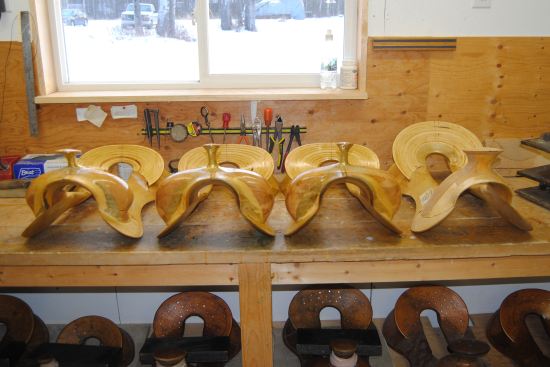
Oh yeah, I did that one already too… Isn’t it funny how that when you get an unusual-to-you order, you often get more than one in very close timing? In this case I am talking specifically about cantle height.
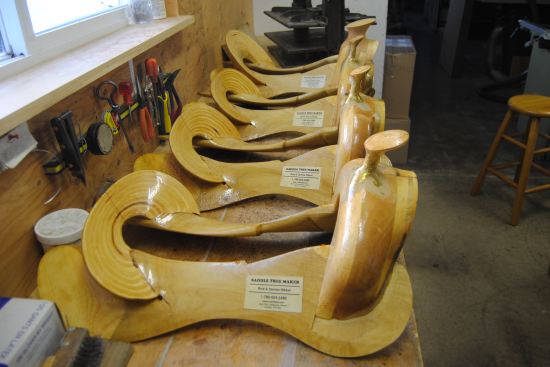
We don’t get a lot of orders for 3” tall cantles. In fact, I just checked the numbers and prior to this string of orders, we have only made 24 3” tall cantles out of the 2078 trees in our database, with 6 of those being in the last year. And yet Rod just made 3 more this past week, and we have orders for 2 additional ones in the next couple of weeks. Why the difference?
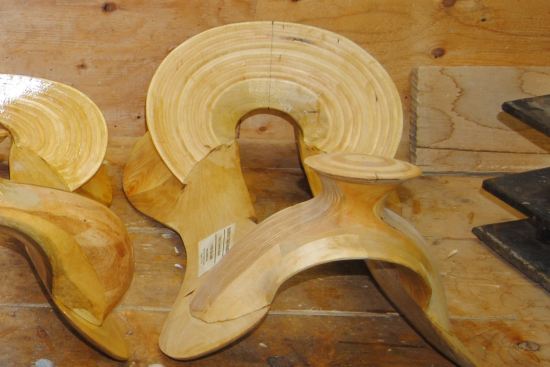
Well, we have a couple theories. One is the style of the saddle. Over half of what we build are Wades and other slick forks. That style of fork traditionally goes with a taller cantle. This one is 5” tall and 13” wide. (It only had one coat of varnish at the time the picture was taken which is why the color is different than the others.) On the other hand, we have a reprint of the 1942 Hamley catalogue with a picture in it of a Wade advertised with a “3 inch back saver type cantle”, so they weren’t always made with tall cantles. But the style of tree we most commonly make certainly skews the numbers to taller cantles.
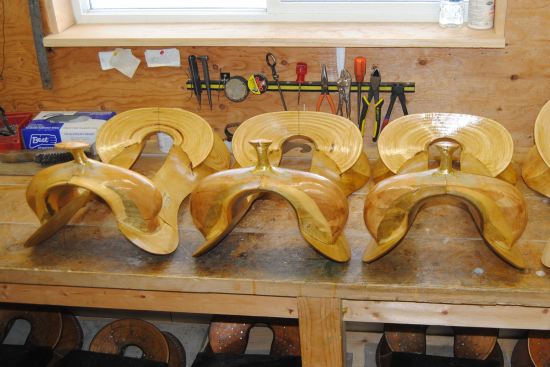
That idea fits with these orders. Three out of the five orders with short cantles have Buster Welch forks. Two of them are in this picture and have 13" wide cantles. The tree on the left of this picture is Packer fork with a 12 1/2" wide cantle. Lower cantles often go with these styles of forks. The other will be a copy of an old Porter saddle from the 1930s with a 14 1/2" wide "comfort" cantle. With the changes in trends that go through the horse and saddle industries, I can see us building more lower cantles in the future.

Another reason seems to be regional. We were talking to Dennis Lane in Australia a while back about cantle height. He commented that he could probably count the trees he has built with a 5” tall cantle on one hand. That is when I told him that three out of the four I had marked out for Rod for the next week were 5” tall! In the same vein, in talking with a maker in Texas a while ago, he said that a 4” cantle out there was considered fairly tall, although by that definition, we have sold a fair number of trees to Texas with “tall” cantles.
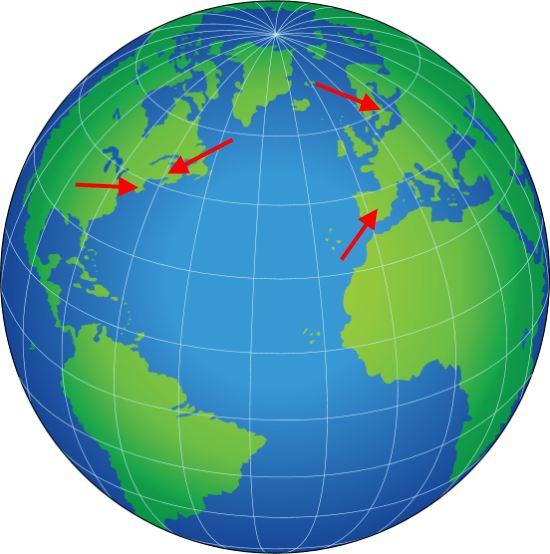
That idea fits here too. One of these trees is going to New Brunswick in eastern Canada. Two are headed to Sweden. Of the orders coming up, one is going to Massachusetts and the other to Spain. So they are going to areas where lower cantles are on a higher percentage of saddles than in western North America. While the majority of our trees still go to the working cowboy market, with the advent of the internet and the growing interest in western saddles in other parts of the world, we are getting more orders from farther away. These all just happened to come in close proximity to each other.
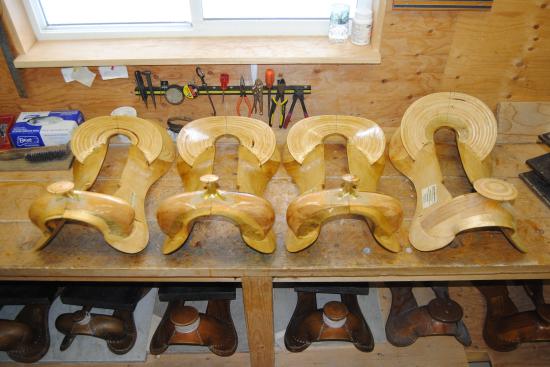
Those are our guesses at the the logical, reasonable explanations as to why, when I put up a picture of four cantles, the three similar ones are rather unusual cantles for us to make. Of course, the real reason is probably “just because”…
